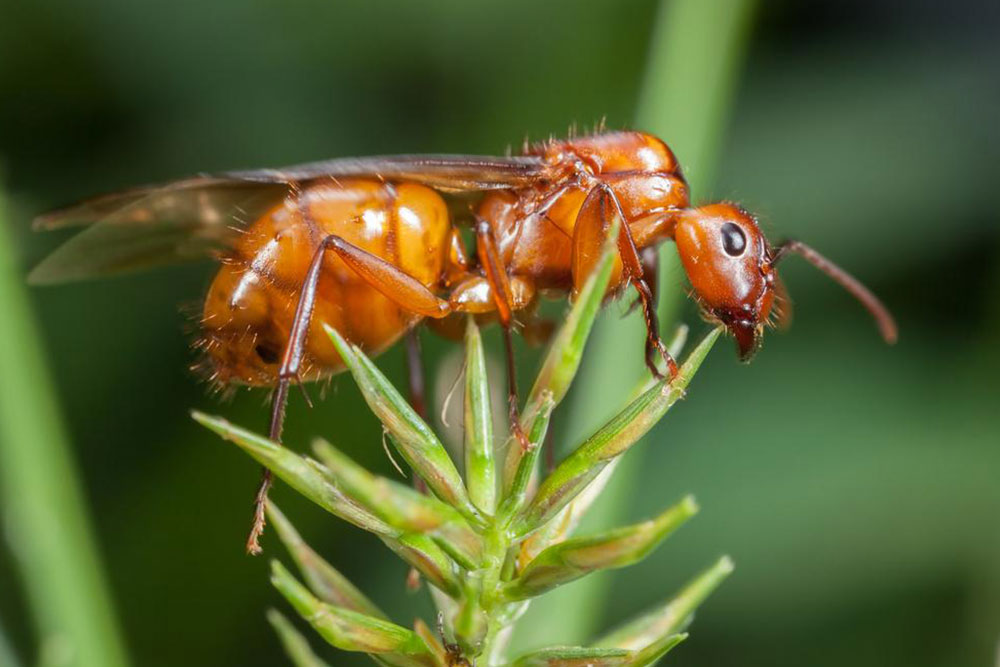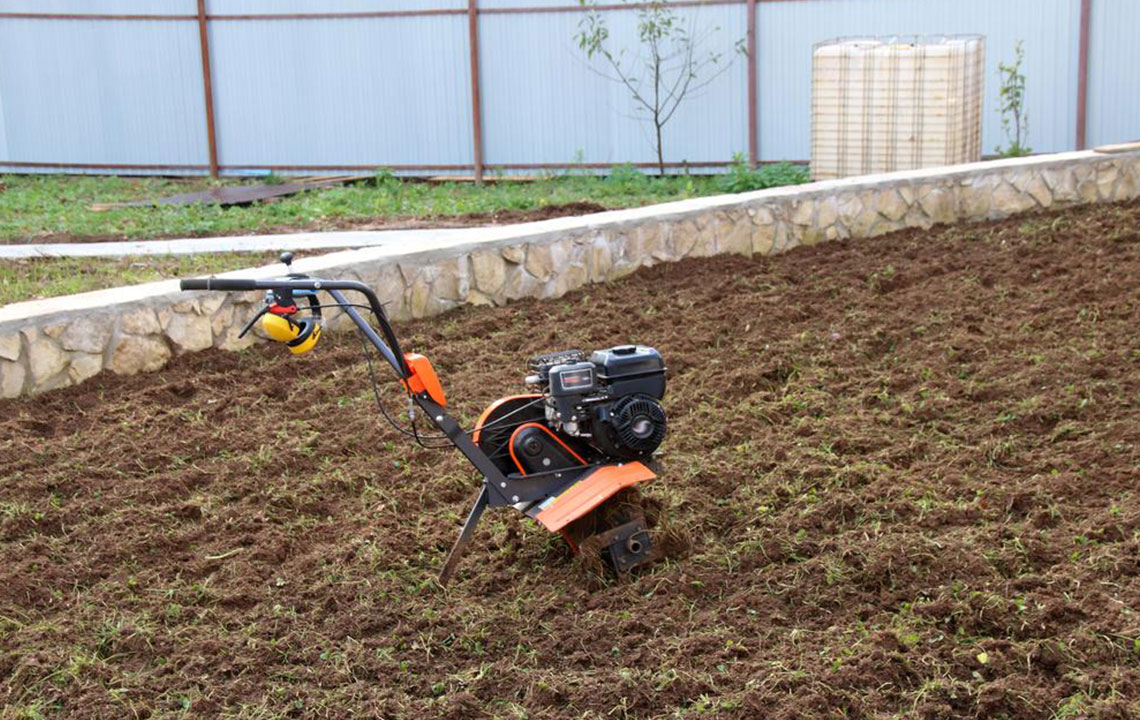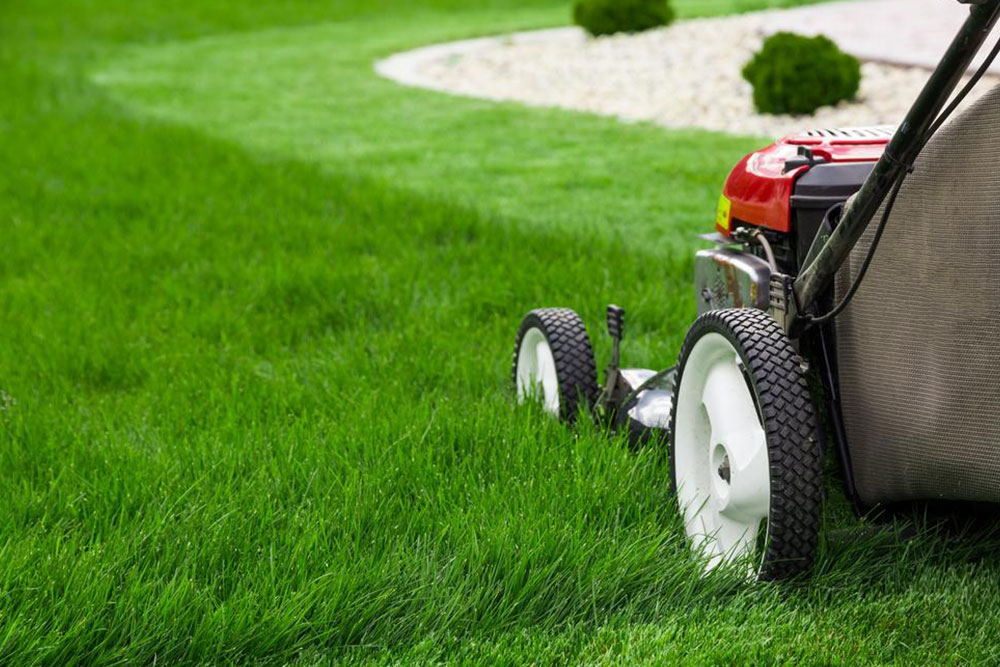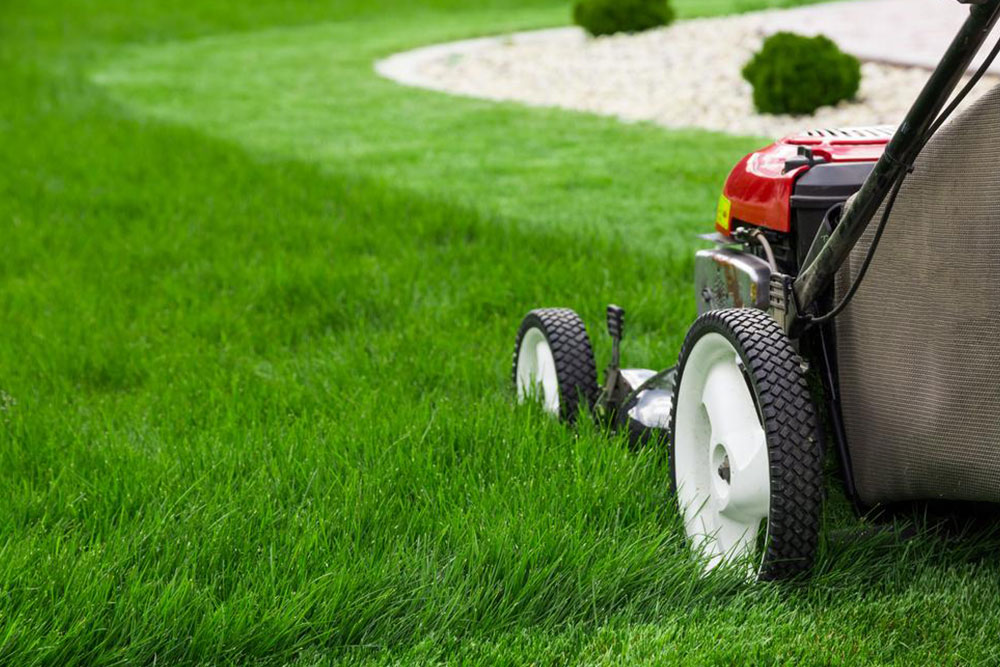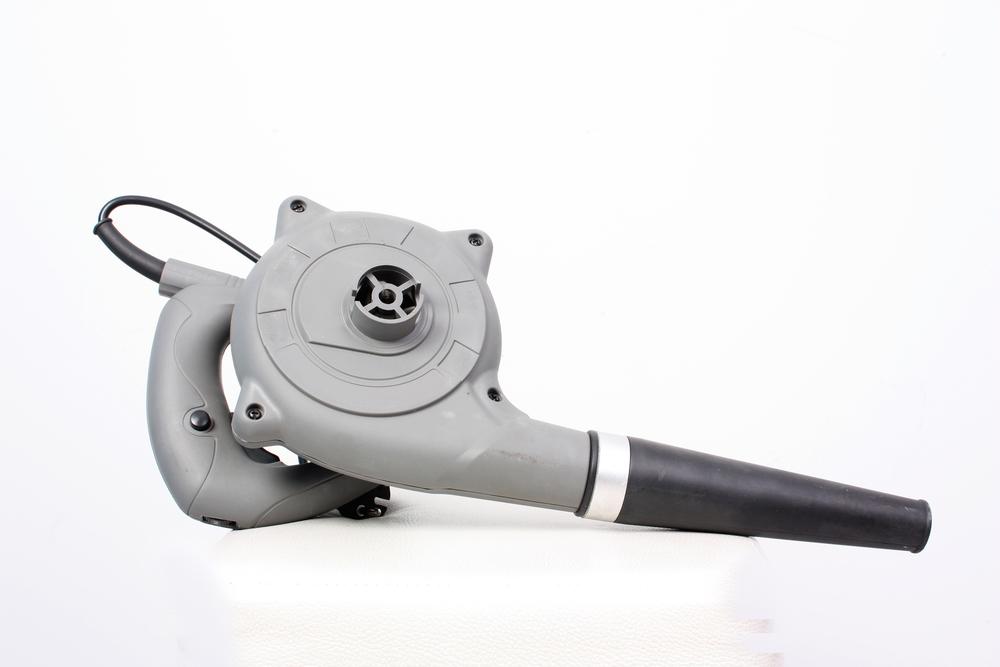Essential Guide to Choosing the Perfect Gardening Supplies
Discover essential tips for selecting the best gardening supplies to promote healthy plant growth. From evaluating garden space and choosing quality tools to eco-friendly options and proper watering systems, this guide covers all you need to create a lush, sustainable garden. Make confident decisions with expert advice on soil, fertilizers, pest control, and safety gear to ensure a thriving gardening experience. Perfect for beginners and seasoned gardeners alike, this comprehensive overview helps you cultivate a beautiful, productive outdoor space.

Essential Guide to Selecting the Ideal Garden Equipment
Gardening is a rewarding hobby that combines visual beauty with physical activity. Whether you're an experienced gardener or just starting out, picking the right supplies is vital to help your plants flourish. With numerous options available, choosing the best products can be overwhelming. This guide provides practical advice to assist you in making confident, informed decisions for your gardening needs.
1. Evaluate Your Garden Space and Plant Needs
Before purchasing supplies, analyze your garden’s dimensions and specific requirements. Consider:
– Garden Size: Determines the quantity and types of tools and materials necessary.
– Plant Variety: Different plants require varied soil, water, and light conditions, guiding your supply choices.
– Soil Quality: Test your soil’s pH and nutrient levels using testing kits, helping you select suitable fertilizers and amendments.
2. Key Gardening Tools
Investing in durable, high-quality tools increases efficiency and comfort. Essential tools include:
– Trowel: For digging, planting, and weeding.
– Pruning Shears: Perfect for trimming plants and shrubs.
– Garden Fork: Loosens soil and handles compost.
– Spade: Facilitates digging and soil relocation.
– Hose/Sprayer: Ensures proper watering.
– Wheelbarrow: Assists with transporting soil, tools, or plants. Choose ergonomic designs for comfort.
3. Soil and Fertilizer Selection
Healthy soil is crucial for plant growth. Your choices depend on your gardening style:
– Potting Soil: Best for container gardening with good drainage.
– Garden Soil: For beds, often enriched with compost for fertility.
– Compost: Natural fertilizer that improves soil structure and nutrient levels.
For fertilizers, options include:
– Organic Fertilizers: Made from natural ingredients, supporting eco-friendly gardening.
– Inorganic Fertilizers: Provide rapid nutrients but should be used carefully to prevent overfeeding.
4. Protecting Against Pests and Weeds
Maintaining pest and weed control is essential. Options include:
– Biological Agents: Use beneficial insects like ladybugs to reduce pests.
– Organic Pesticides: Derived from natural substances, safer for the environment.
– Mechanical Methods: Handpicking pests and installing barriers like nets.
Weeds can be managed through:
– Mulching: Limits weed growth by blocking sunlight.
– Manual Removal: Using hand tools for weed eradication.
– Herbicides: Chemical options for persistent weeds, used as a last resort.
5. Gardening Accessories and Safety Equipment
Enhance comfort and safety with appropriate gear:
– Gloves: Protect hands from thorns and chemicals.
– Kneepads: Prevent discomfort during prolonged kneeling.
– Sun Protection: Hats, sunscreen, sunglasses shield from UV rays.
– Waterproof Footwear: Clogs or boots keep feet dry.
6. Watering Solutions
Effective watering supports plant health. Consider these systems:
– Drip Irrigation: Water efficiently at roots, saving water.
– Soaker Hoses: Slow, deep watering method.
– Sprinkler Systems: Suitable for larger areas with uniform coverage.
Select based on garden size, plant types, and water access.
7. Containers and Planters
Ideal for small spaces or container gardening, choose containers carefully:
– Material: Options include plastic, ceramic, clay, or metal, each with unique benefits.
– Size: Ensure ample space for plant growth.
– Drainage: Look for pots with drainage holes to prevent waterlogging.
8. Budget Planning
Set a realistic budget for your gardening supplies. Look for sales, discounts, and second-hand options to maximize savings without sacrificing quality.
9. Eco-Friendly Choices
Opt for sustainable materials and products:
– Recycled Materials: Use tools and containers made from recycled resources.
– Organic Products: Choose organic fertilizers and pesticides.
– Water Conservation: Implement efficient watering methods to preserve water resources.
In summary, selecting the right gardening supplies is key to cultivating a thriving, eco-friendly garden. Proper assessment and informed choices lead to healthier plants and greater gardening satisfaction. Happy planting!


